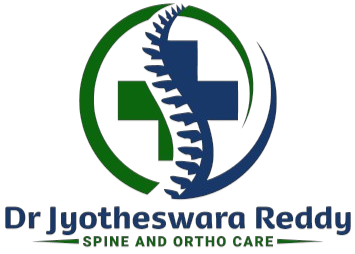A herniated disc can turn everyday activities into a challenging ordeal. This common spine condition, often resulting in back or neck pain, occurs when a disc in the spine ruptures or bulges, pressing on nearby nerves. While many cases are managed with non-surgical treatments, sometimes spine surgery becomes a necessary path to relief.
This blog aims to demystify spine surgery for herniated discs, offering clear and helpful insights.
Understanding Herniated Discs
- The Spine’s Structure: Your spine is made up of bones (vertebrae) cushioned by discs. These discs can herniate, or break open, causing pain.
- Symptoms: They can include back pain, neck pain, numbness, and weakness in the limbs.
- Causes: Age-related wear and tear, lifting heavy objects incorrectly, or sudden twists.
When is Surgery Needed?
- Persistent Pain: When pain and symptoms don’t improve with non-surgical treatments like physical therapy or medications.
- Severe Symptoms: Such as significant weakness, loss of function, or severe pain impacting quality of life.
Types of Spine Surgery for Herniated Discs
- Discectomy: The most common surgery, where part or all of the herniated disc is removed.
- Laminectomy: Removal of part of the bone overlying the spinal canal to relieve nerve pressure.
- Artificial Disc Replacement: Replacing the damaged disc with an artificial one.
- Spinal Fusion: Joining two vertebrae together to provide stability.
Benefits of Surgery
- Pain Relief: Surgery can effectively relieve nerve pain caused by a herniated disc.
- Improved Mobility: Many patients regain better movement and can return to their normal activities.
- Quick Recovery: Minimally invasive techniques often lead to a quicker recovery.
Preparing for Surgery
- Consultation: Discuss with your surgeon the best surgical option for you.
- Understanding Risks: Like all surgeries, spine surgery carries risks, such as infection or nerve damage.
- Post-Surgery Plan: Plan for your recovery, including physical therapy and follow-up appointments.
Recovery and Rehabilitation
- Rest and Gradual Activity: Initial rest is important, followed by gradual increase in activity.
- Physical Therapy: Essential for strengthening the back and improving flexibility.
- Healthy Lifestyle: Maintaining a healthy weight and quitting smoking can aid recovery.
Conclusion
Spine surgery for a herniated disc can be a life-altering decision for those suffering from chronic pain and disability. With advancements in medical technology, these surgeries have become safer and more effective, offering a viable path to reclaiming an active, pain-free life. Always consult with a spine specialist to understand the best treatment approach for your specific condition.


